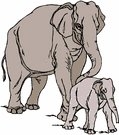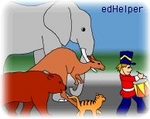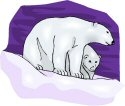
Worksheets and No Prep Teaching Resources
Reading Comprehension Worksheets
Animal Themes
Mammals
Polar Regions

Animal Themes
 Worksheets and No Prep Teaching Resources Reading Comprehension Worksheets Animal Themes Mammals Polar Regions |
 Animal Themes |
| edHelper's suggested reading level: | grades 6 to 8 | |
| Flesch-Kincaid grade level: | 6.74 |
|
Belugas
By Vickie Chao |

|
 1 Belugas are very cute whales.
1 Belugas are very cute whales. |
Create Weekly Reading Books
Prepare for an entire week at once! |
| Leave your feedback on Belugas (use this link if you found an error in the story) |
 |
Animal Themes
|
 |
Mammals
|
 |
Polar Regions
|
|
|